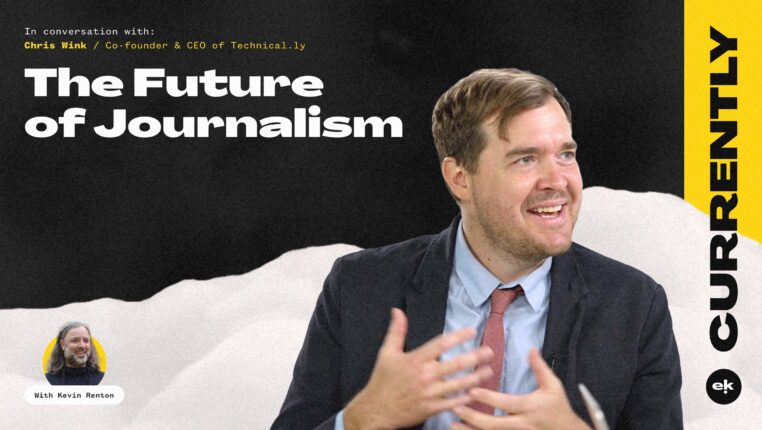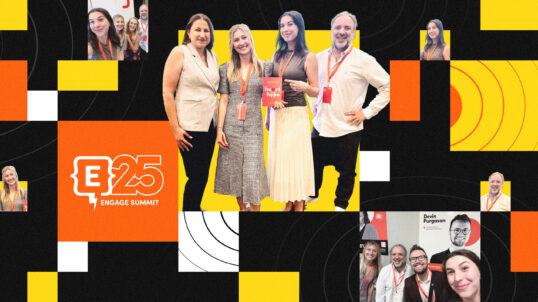As design sprints have grown in popularity, we’ve found them to be an incredibly powerful tool to identify creative solutions to critical business issues and validate them with real users in only a few days. But they are not always the best way to solve a problem. Finding the best method for teams to make decisions and set a strategy for their organization is an art unto itself that can greatly influence your results and determine your future success.
User Research Methods
Confirming that a product and its messaging will resonate with a target audience through user research and prototyping is always a good idea. Why take the risk of going through all the time and expense of building the final product unless you know it will work? This is the basic premise of user experience design and design thinking.
Even if you’re bought-in on the benefits of user testing, however, there are dozens of paths you could take; how do you know which path is right for you? As with many things in life, the ideal approach will be determined by the problem, what you want to learn, and how much time you have available.
Teams have a wide variety of tools available to learn about their users’ goals and challenges, including:
- User surveys
- User interviews
- Contextual observation and inquiry
- Usability testing
- Website analytics review
- Design sprints
- And more
What Are Design Sprints?
A design sprint is typically a five-day exercise for teams to make critical business decisions through design, prototyping, and testing new ideas with customers (my colleague, Lynne, wrote a more in-depth analysis of design sprints here). The process enables a team to focus on a single, high-stakes problem for five full days. This extended, concentrated focus is very powerful, and it allows teams to create solutions they didn’t know were possible. A sprint can be used to provide direction on a website, but they aren’t limited to solving only digital issues; they can be used to solve any type of significant business problem. At the end of the five days, your team will have actionable business intelligence that will direct how you move forward.
When Should You Use a Design Sprint?
Design sprints are most useful when targeting a specific, high-stakes problem that is worth investing an entire week of your team’s time to solve. Typically, circumstances that are a good fit for design sprints include when a company is:
- Launching a brand new product
- Extending an existing product to a new audience
- Testing new features
- Resolving current problems or issues
Examples of Sprint Goals
The applications of this can obviously be wide-ranging across any industry (again, Lynne does a great job of explaining how to pick the right problem for a design sprint in her blog post). For example, some ways that a design sprint may be used to help organizations in different industries include the following:
Industry: Ecommerce
Goal: Improve the website storefront to convert more website visitors into paying customers
Industry: Startup
Goal: Test different business models and pricing plans
Industry: Education
Goal: Improve campus tour to make prospective students see themselves on campus and increase application yield rate
Industry: Financial Services
Goal: Find appropriate channels and messaging to attract higher net worth investors
Industry: Healthcare
Goal: Improve the patient sign-in experience to reduce wait times and improve patient satisfaction
Industry: Nonprofit
Goal: Improve messaging to encourage unaffiliated visitors to get involved
Industry: Professional Services
Goal: Present services in a way that encourages more visitors to fill out an inquiry form
Industry: Software-as-a-Service (SAAS)
Goal: Identify product features for a new audience segment
Industry: Growing company
Goal: New employee prospect application and interview experience to improve the offer acceptance rate
When NOT to Design Sprint
With such a powerful research tool, it may be tempting to use a design sprint for every business challenge. However, there are clearly situations where you should look for other research methods.
If the problem’s scope is too broad, a sprint is likely not the best solution. Sprints provide a solution to a problem at a single point in the user journey for a particular type of user. If your problems are too vague, hitting multiple customer phases, or too wide-ranging, a sprint won’t be as effective as, say, user interviews or contextual observation.
Also, if you have already identified an ideal solution to your problem, there’s no need to go through the time and effort of a sprint. Save your team’s time (and sticky notes) for another time and just implement the solution.
Likewise, you need to make sure the ROI from solving the problem is worth the energy you’ll put into the sprint. If the issue is relatively small or doesn’t have a high enough upside, having everyone spend a week discussing it would be overkill.
Need Help Deciding?
If you think a design sprint might be a good fit for your needs and are looking for a facilitator, you should talk with our team. We have experience facilitating sprints across multiple industries, and we know how to keep teams inspired and focused.
If you are still deciding on the best way forward, I would encourage you to explore our design thinking platform and take our design maturity quiz—from there, you can begin to take your problem solving to the next level. Or simply get in touch with us to talk through the different options to find the best fit for you and your team.



